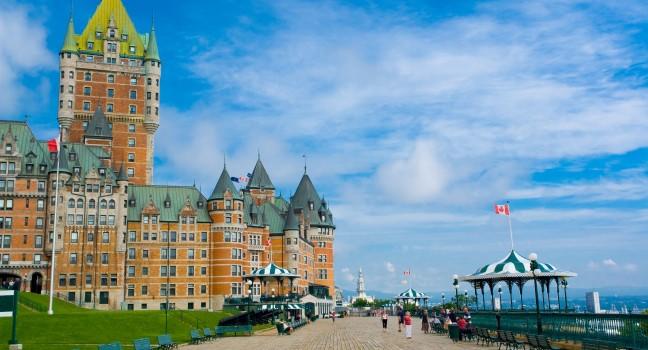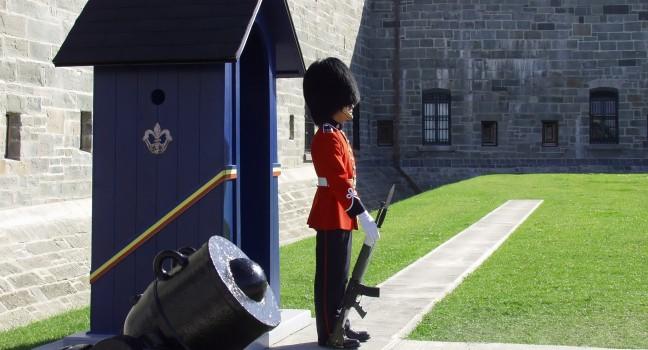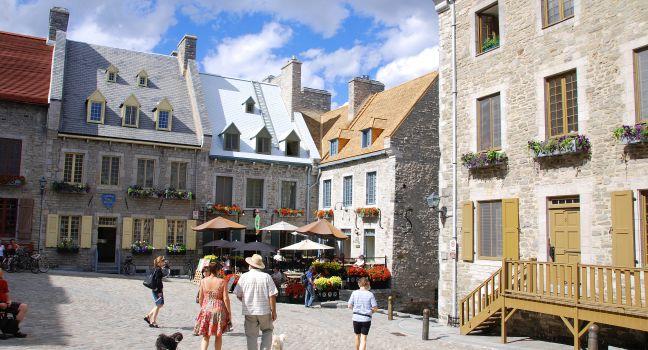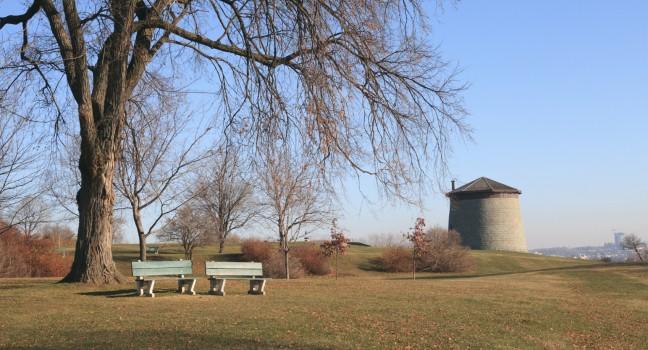Once an industrial area and now a technology hub, St-Roch is dotted with hip bars and trendy shops. Because there are so few locals living in the old part of the city, St-Roch is a great place to mingle with the locals. And if Old Québec is a magnet for European gastronomy and fine dining, St-Roch is where the younger chefs are having the most fun; as a result, new spots are popping up all the time.
Rue St-Joseph is the neighborhood's main street. It's a mix of office buildings, modern lunch spots, and after-work hangouts. You'll quickly find the neighborhood's main thoroughfare by looking for the Église St-Roch, a massive stone church. Curated shops, third-wave cafés, trendy bistros, crowded microbreweries, and oyster bars are plentiful, creating a thriving, vibrant atmosphere. For good people-watching, head to the Jardin Jean-Paul-L'Allier, a large leafy square.
Art also abounds in the neighborhood, from the famous street-art-covered viaduct (just off rue St-Paul) and modern sculptures to outdoor theater and circus acts.
St-Roch is a long but downhill jaunt from the Old City, though easily walkable if you have the time. If you're not in the mood for exercise, the best way to get there is by taxi. Plan on spending about C$9 each way. There are usually plenty of cabs available for the return trip. Taking the bus (800 or 801) is also an option.










